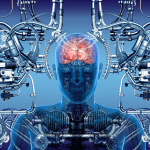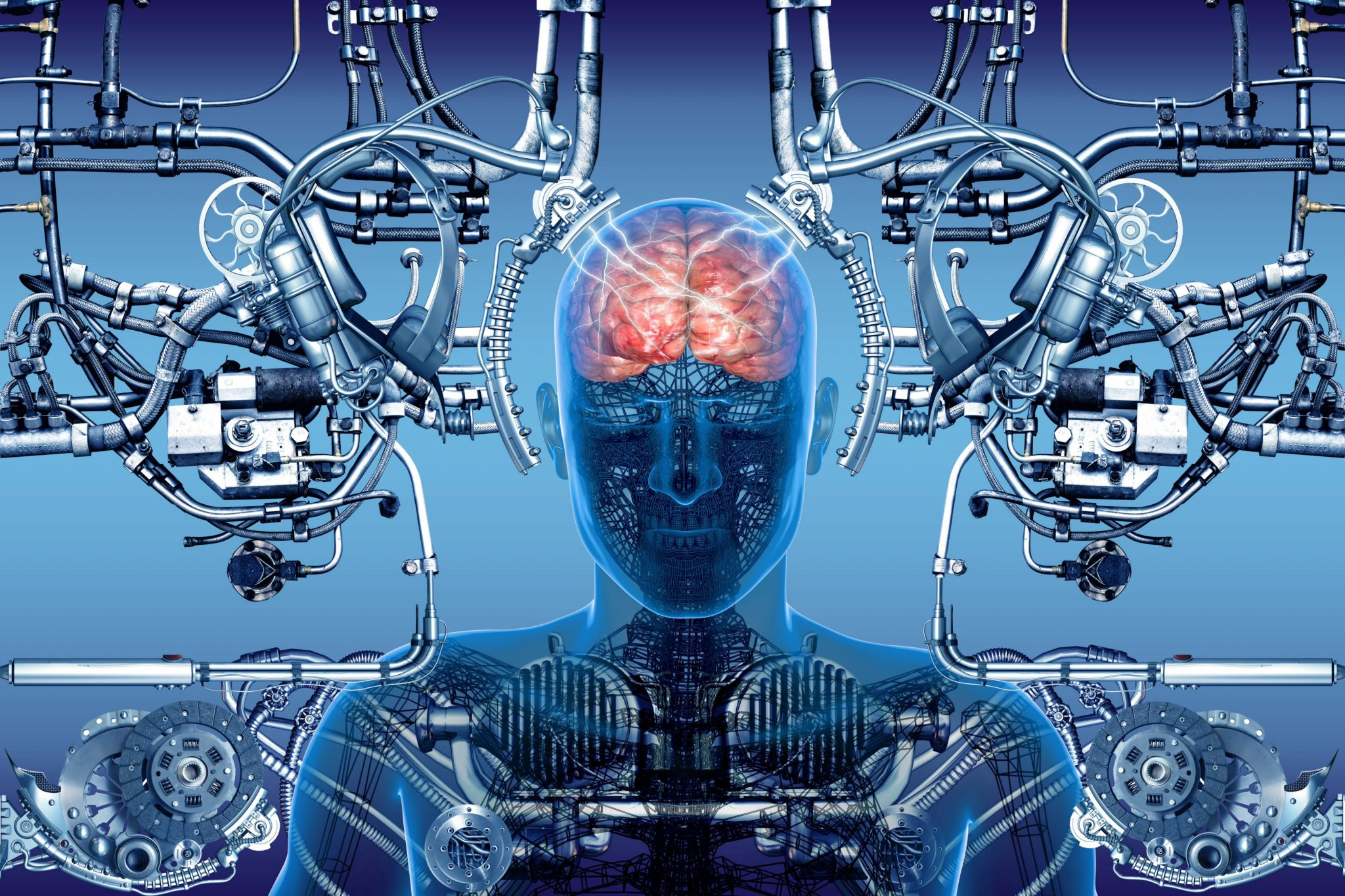The topological qubit represents a groundbreaking advancement in the realm of quantum computing, promising enhanced stability and reliability for future quantum systems. Unlike traditional quantum bits, which are susceptible to noise and interference, the Microsoft topological qubit is designed to maintain its state, paving the way for ultrafast quantum computers that can solve complex problems with unprecedented efficiency. This innovation harnesses the principles of quantum error correction, enabling a more resilient approach to computing that prioritizes information integrity. With the ability to exist in superposition, these qubits could revolutionize computational power, far surpassing the capabilities of conventional supercomputers. As we stand on the brink of a new era in quantum technology, the implications of topological qubits could redefine what we know about computing and information theory.
The novel concept of the topological qubit, also referred to as non-abelian anyons in certain contexts, is set to transform the landscape of quantum information technology. By leveraging the unique properties of these exotic particles, researchers aspire to create a more robust type of qubit that minimizes errors while maintaining coherent quantum states. Such advancements are vital for the future of quantum devices, where enhanced architectures could facilitate superior quantum error correction and superposition techniques. The interplay of these developments is crucial for realizing efficient ultrafast quantum computers, which can tackle challenges previously deemed insurmountable. The exploration of topological qubits opens a myriad of possibilities in the quest for sustainable and powerful computing solutions.
Understanding Microsoft’s Topological Qubit
Microsoft’s topological qubit represents a groundbreaking advancement in quantum computing, as it aims to provide a more stable and resilient alternative to traditional qubits. Unlike standard qubits that can easily lose their quantum state due to environmental interactions, topological qubits are designed to be less susceptible to such interference. This stability emerges from their unique topological features, which inherently safeguard the information stored within them. As quantum computing continues to evolve, this innovation holds the potential to greatly enhance quantum error correction processes and facilitate superposition in computing—a critical step toward achieving a hundredfold increase in computational power.
The topological qubit’s design incorporates complex materials such as indium arsenide and aluminum, which function as superconductors at extremely low temperatures. By leveraging the principles of quantum mechanics, this qubit can thrive in conditions that would typically destabilize other qubits. As part of Microsoft’s broader mission, the development and successful implementation of the topological qubit could lead to the creation of ultrafast quantum computers, capable of tackling complex problems such as drug discovery, climate modeling, and even artificial intelligence. The journey towards realizing this vision is not without its challenges, but the potential rewards could redefine the boundaries of what is possible in computing.
The Role of Superposition in Quantum Computing
Superposition is a fundamental principle that distinguishes quantum computing from classical computing, allowing qubits to exist in multiple states simultaneously. This phenomenon exponentially increases computational power and enables the solving of problems that are currently intractable for classical systems. In essence, while classical bits can only represent a binary state—zero or one—qubits can embody the complex superposition of these states. Microsoft’s topological qubits capitalize on this property, pushing the limits of conventional computing through their innovative design.
As the quantum world advances, the ability to harness superposition effectively opens new doors for error correction and massive computational capabilities. By facilitating the coherence of qubits longer than existing technologies, Microsoft aims to implement more efficient quantum algorithms that can address pressing global issues in logistics, healthcare, and scientific research. Understanding and controlling superposition, alongside the development of topological qubits, could eventually lead to a new era of ultrafast quantum computers, providing solutions at speeds far beyond what traditional systems can achieve.
Challenges in Quantum Error Correction
In quantum computing, error correction is paramount due to the fragility of quantum states. Traditional error correction methods don’t translate effectively into the quantum realm because any measurement to determine the qubit state can collapse superpositions. Microsoft’s topological qubits stand out because they are engineered to enhance the effectiveness of quantum error correction. By offering increased stability and robustness, they allow for the implementation of error-correcting codes without compromising the quantum integrity of the system.
The integration of advanced error correction mechanisms is vital for scalable quantum computing. With reliable error correction, quantum computers can avoid the rapid decoherence that plagues existing qubit systems. This breakthrough opens avenues for developing larger and more powerful quantum systems capable of processing a million qubits or more, enabling them to tackle complex computational challenges and significantly reduce the computational time for sophisticated calculations.
The Path to Ultrafast Quantum Computers
The journey to achieving ultrafast quantum computers hinges not only on the development of new qubits but also on how those qubits can be effectively scaled. Microsoft’s initiative to build a million-qubit quantum computer reflects an ambitious goal that could position them at the forefront of quantum technology. By leveraging topological qubits, which are more resilient against errors, they aspire to design a computer that can outperform the most advanced classical supercomputers.
Achieving this scale will require innovative engineering approaches and partners like DARPA to push through the necessary research frameworks. The promise of ultrafast quantum computers includes potential advancements in diverse fields ranging from material science to cryptography, harnessing the unique capabilities of quantum computing to solve problems previously viewed as insurmountable. The future of computing appears poised for revolution, thanks to these foundational breakthroughs.
Comparing Topological Qubits to Traditional Qubits
The intricate nature of topological qubits makes them a significant improvement over traditional qubits. Traditional qubits, while potent in theory, often succumb to external noise and interference, leading to rapid decoherence and loss of information. In contrast, topological qubits draw on their unique geometrical properties to minimize these risks, maintaining coherence longer and offering greater stability. This advancement is crucial for practical quantum computing applications where reliable data processing is essential.
Moreover, the engineering of topological qubits focuses on creating a fault-tolerant system that reduces the need for extensive error-correcting codes, thus streamlining the calculation processes. This robust framework is anticipated to keep the functionality of quantum computers intact as they scale, ensuring sustained performance as they approach millions of qubits. In essence, the mastery of topological qubits could serve as the cornerstone for the next generation of quantum processors, unlocking transformative advancements in computation.
Exploring Material Properties for Quantum Computing
The exploration of material properties is fundamental in the quest to create better and more efficient qubits. Microsoft’s research specifically emphasizes the unique characteristics of materials like indium arsenide and aluminum, which are critical in forming topological qubits that behave like superconductors under certain conditions. Understanding these materials enables researchers to exploit their quantum mechanical properties for improved stability and coherence in qubit systems, consequently enhancing overall computational capability.
Materials science plays a crucial role in fine-tuning the performance of quantum systems as researchers identify and utilize materials that minimize defects and impurities. Innovations in material properties can pave the way for creating hybrid systems that blend the best aspects of superconductors and semiconductors, ultimately working together to elevate the efficacy of quantum computing systems. It also highlights the interdisciplinary nature of quantum computing, demanding a collaborative approach among physicists, engineers, and material scientists.
The Future of Quantum Computing and Its Applications
The ongoing advancements in quantum computing are not just theoretical; they hold the promise of profound real-world applications across various fields. Industries from pharmaceuticals to finance could benefit significantly from ultrafast quantum computers capable of simulating complex systems, optimizing logistics, and processing vast datasets at extraordinary speeds. Microsoft’s focus on developing topological qubits paves the way for practical implementations of quantum algorithms that can tackle real-world problems effectively.
In the long run, the synergy between quantum mechanics and practical engineering will yield innovations that can potentially reshape entire sectors. As the understanding of quantum phenomena deepens and as more stable qubits become available, it is plausible that quantum computing will lead to breakthroughs in artificial intelligence, climate modeling, and beyond, supporting efforts to address some of humanity’s greatest challenges while redefining computational capabilities in the digital age.
Navigating the Skepticism Around Quantum Data
Skepticism is a natural aspect of scientific discourse, especially in emerging fields like quantum computing. Microsoft’s breakthroughs with topological qubits have not been without scrutiny; questions arise regarding their experimental validations and real-world applicability. Engaging openly with the scientific community through conferences and discussions is critical for transparency and accountability, fostering an environment where ideas can be rigorously vetted.
As researchers present their findings, it is essential to ground theoretical advancements in experimental evidence to quell doubts and build confidence in the technology. Publishing results and engaging with skeptical critics can only enhance the credibility of quantum research and encourage collaborative approaches to address fundamental questions. In doing so, firms like Microsoft strengthen the framework for developing next-generation quantum technologies, ensuring their advancements stand up to scientific scrutiny.
The Importance of Collaboration in Quantum Research
Collaboration is vital in driving the advancement of quantum computing technology. Microsoft’s partnerships with organizations such as DARPA illustrate the significance of cross-sector collaboration, which combines resources, expertise, and diverse perspectives that can foster innovation. The complexity of quantum systems necessitates that scientists, engineers, and researchers unite to surmount the obstacles that stand in the way of realizing practical quantum computing.
A cooperative approach facilitates the sharing of ideas and methodologies, enriching the research process and accelerating progress. As the field matures, collaboration not only enhances scientific understanding but also aids in the streamlined transition from theoretical models to practical implementations of technologies like topological qubits, ultimately paving the way for groundbreaking solutions to challenges in computing, cryptography, and artificial intelligence.
Frequently Asked Questions
What is a topological qubit and how does it differ from traditional qubits in quantum computing?
A topological qubit is a new type of qubit that is designed to be more stable and robust than traditional qubits used in quantum computing. While traditional qubits can lose their information due to environmental disturbances, topological qubits leverage certain topological properties that protect the stored quantum information, making them less susceptible to errors. This stability is crucial for achieving reliable and fault-tolerant quantum computations.
How do topological qubits contribute to quantum error correction in quantum computing?
Topological qubits are particularly beneficial for quantum error correction because they can retain information for longer periods due to their robust topological nature. This reduction in error rates allows quantum computers to operate more efficiently, making it easier to implement error correction techniques. As a result, topological qubits can help pave the way for building large-scale, fault-tolerant quantum computers.
What role does superposition play in the functionality of topological qubits?
Superposition is a fundamental principle of quantum computing that allows a qubit, including a topological qubit, to exist in multiple states simultaneously (0, 1, or both). This ability significantly increases computational power. In the context of topological qubits, superposition pairs with their inherent stability to enhance the efficiency of quantum calculations, enabling the realization of complex computations that are infeasible for classical computers.
Why does Microsoft believe that topological qubits will lead to ultrafast quantum computers?
Microsoft is optimistic about topological qubits because their robust nature reduces the errors and decoherence typically associated with quantum computation. This stability allows for more complex algorithms to be executed rapidly and reliably. Ultimately, the efficient error correction capabilities and reliability of topological qubits could accelerate the development of ultrafast quantum computers, capable of solving problems beyond the reach of existing technologies.
What materials are used to create topological qubits at Microsoft, and why are they significant?
Microsoft’s topological qubits are constructed from indium arsenide and aluminum, which exhibit superconducting properties at low temperatures. These materials are integral because they allow for the creation of a new state of matter that facilitates the unique topological properties needed for enhanced qubit stability. The combination of these materials is key to achieving the operational robustness that distinguishes topological qubits from traditional qubit technologies.
How are topological qubits expected to impact future advancements in quantum computing?
The introduction of topological qubits is expected to significantly advance the field of quantum computing by enabling the development of larger, more reliable quantum processors. Their enhanced stability and reduced error rates are anticipated to facilitate more complex simulations and computations, thus addressing major scientific and industrial challenges, from materials science to cryptography, at unprecedented speeds.
What are the long-term goals of Microsoft in developing topological qubits?
Microsoft’s long-term goal is to develop a million-qubit quantum computer that excels at tackling a range of significant challenges in science and industry. These include the simulation of complex chemical processes and the discovery of new materials. By leveraging topological qubits, Microsoft aims to create a scalable, fault-tolerant quantum computing infrastructure that can outperform traditional supercomputers.
How does the concept of a hybrid between superconductors and semiconductors apply to topological qubits?
Topological qubits represent a hybrid between superconductors and semiconductors, combining the advantageous properties of both materials. This hybrid nature allows for tunability and control necessary for efficient quantum operations while minimizing issues related to impurities, which can degrade performance. This distinct combination is essential for stabilizing the quantum states that make topological qubits effective.
What are the challenges Microsoft faced in creating topological qubits?
Microsoft faced numerous challenges in creating topological qubits, akin to early classical computing hurdles. Key issues included identifying the right materials to achieve the desired topological phase and differentiating inherent material properties from those influenced by defects. The complex nature of quantum states required an in-depth understanding and a commitment to extensive research and experimentation to develop practical implementations.
What is the significance of the upcoming publication about Microsoft’s topological qubits?
The upcoming publication regarding Microsoft’s topological qubits is significant as it will outline their research progress and roadmap for future development. This paper is expected to contribute to the broader scientific dialogue by sharing findings that could help advance the field of quantum computing, especially concerning the integration of topological qubits into practical quantum systems.
| Key Points | Details |
|---|---|
| Introduction of the topological qubit | Microsoft has created a topological qubit aimed at enhancing quantum computing reliability. |
| Stability of topological qubits | Topological qubits are based on a structure that makes them more robust, leading to lesser error rates. |
| Material composition | Utilizes indium arsenide and aluminum, functioning as superconductors at low temperatures. |
| Development goals | Microsoft aims to develop a million-qubit quantum computer to tackle complex problems. |
| Challenges faced | Creating topological qubits involved extensive research and material exploration. |
| Future expectations | Plans to publish detailed findings soon and emphasize importance of quantum computing. |
Summary
The topological qubit represents a pivotal advancement in quantum computing technology. It is anticipated to enhance the speed and reliability of quantum computers significantly. By leveraging the unique properties of topological structures, Microsoft aims to tackle complex computational challenges that far exceed the capabilities of traditional computers. As this revolutionary technology progresses, it’s clear that the development of topological qubits could set new benchmarks for the future of ultrafast quantum computing.




